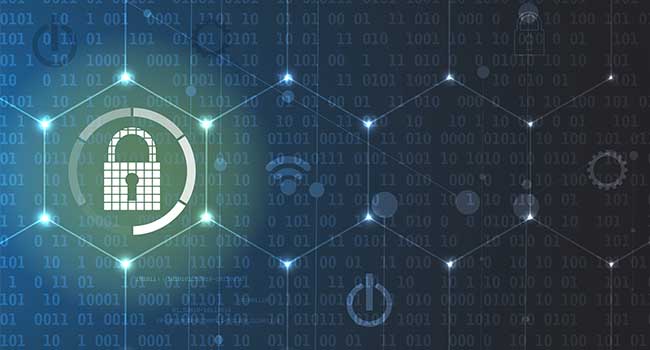
Microsoft Is Wrong About SMS-Based Two-factor Authentication
- By Scott Goldman
- Jan 04, 2021
Microsoft wants everyone to stop using SMS-based authentication. Their cybersecurity heart is in the right place but their logic is wrong. SMS-based two-factor authentication (2FA) is convenient, fast, doesn't require any additional apps and has a very low learning curve. They are correct in saying that it is flawed, but not for the reasons they think.
Microsoft's (and everyone else's) fundamental flaw in the argument against using SMS as the two-factor authentication method is that they are only considering SMS messages sent TO the phone. Those messages are inherently insecure for a variety of reasons. SMS messages by definition aren't secure because the codes are sent in clear text. Moreover, codes can appear on a phone's preview screen even when locked. In addition, having to enter a code on a web page introduces the potential for man in the middle (MITM) attack in addition to the hijacking of the inbound SMS.
However, like most other critics of SMS-based authentication they're missing a fundamental side of the equation: Phones work in both directions. Sending a code in a text FROM a phone is vastly more secure than sending one TO a phone. SMS authentication messages sent from phones are less vulnerable to hacking for a variety of reasons - but mostly for one big one that carriers implemented long ago.
Every phone has a unique "fingerprint" comprised of a combination of its IMEI (a kind of serial number for mobile devices) and the phone number assigned to it. Messages sent to carrier-sanctioned “short codes” cannot be spoofed to appear as though they come from another number. Why? Carriers prevented that long ago in order to stop two phones from using the same number, which would cost them money. The IMEI/phone number (the "fingerprint") matching process stops messages sent from a phone attempting to spoof a phone number because the number won't match the IMEI in the carrier's registration records. The result is that a mobile-originated 2FA message would never even reach the authentication server, thus eliminating any possibility of a false authentication.
The phone's "fingerprint" virtually eliminates any hacking when sending an authentication message via SMS. Add to this two additional factors and it becomes clear that this method is significantly superior to the current SMS 2FA method: First, man-in-the-middle attacks are completely eliminated (there's no web page into which a code must be entered). Second, sending an authentication text from a stolen phone is almost impossible because the phone has to be unlocked in order to send a text message.
The text-TO-phone SMS 2FA method is flawed in many ways but text-FROM-phone is not. Let's not throw the SMS-2FA-baby out with the authentication bath water.
About the Author
Scott Goldman is the CEO of TextPower, Inc.